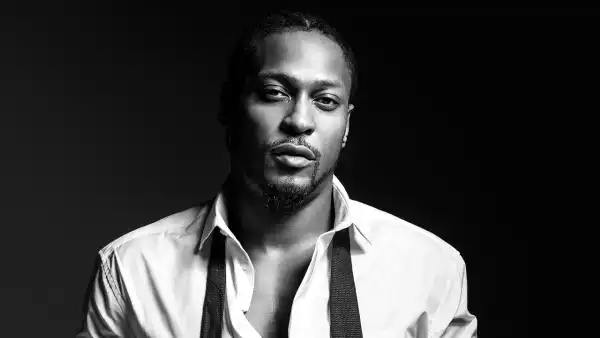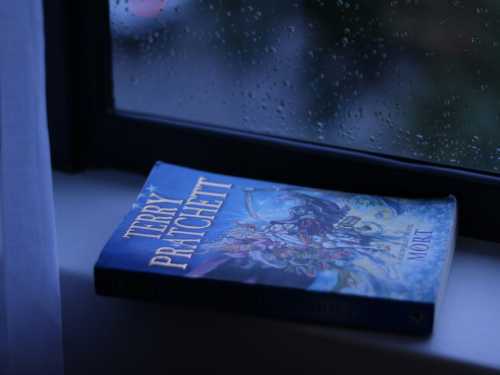
A few mornings ago, I noticed that the yogurt I was eating contained, per the label, “LIVE ACTIVE CULTURES: S. thermophilus, L. bulgaricus, Bifidobacterium, L. acidophilus, L. paracasei.” This left me wondering, with some melancholy, whether the culture that I consume and write about is similarly alive and active. “Of course it is!” I said to my dog, who was also staring at the yogurt. But there is so much content, and so much of it is exhausting. The abundance of the digital age can feel like famine, its speed and churn like stagnation.
It’s hard not to take the omnipresence of sequels in 2022 as a sign of creative torpor. If all I.P.-driven stories risk feeling inessential, as if their hearts beat elsewhere, sequels court the purest version of that inessentiality. Unlike reboots or adaptations, they depend in a literal way on events that predate them; they give off a funk of afterness. But, this year, they were embraced: in film, “Top Gun: Maverick” and “Black Panther: Wakanda Forever” have reportedly already grossed more than a combined two billion dollars. On TV, returning series (“Reservation Dogs,” “Atlanta,” “Industry,” “Hacks,” “The Good Fight,” “The Crown”) drove the critical conversation, while Disney continued to pluck products off its M.C.U. and “Star Wars” assembly lines. In the book world, there was a flowering of what you might call “prestige sequels,” follow-ups to the kinds of acclaimed literary fiction that seem to want to stand on their own. In April, Jennifer Egan published “The Candy House,” which, more than a decade after the arrival of her Pulitzer-winning novel, “A Visit from the Goon Squad,” picks back up with the same characters. Andrew Sean Greer published “Less Is Lost,” a surprise companion to his Pulitzer-winning novel, “Less.” Tom Perrotta published “Tracy Flick Can’t Win,” which checked in on the now grown protagonist of “Election.” Elif Batuman published “Either/Or,” which caught up with the student protagonist of “The Idiot.” Marlon James, whose “Black Leopard, Red Wolf” bent the fantasy genre, published “Moon Witch, Spider King.” Michael Mann and Meg Gardiner published “Heat 2.” That’s not counting new titles from Elizabeth Strout, Emily St. John Mandel, Madeline Miller, and John Banville—“literary” authors who’ve already built out their own multi-book universes.
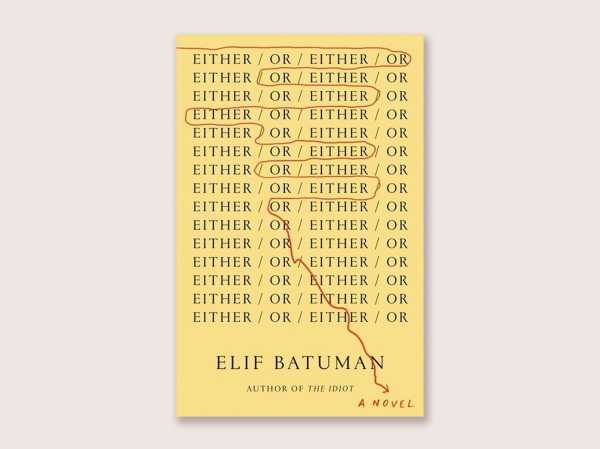
It’s tempting to chalk this trend up to market logic. Risk-averse companies, from movie studios to streaming services and publishing houses, like to invest in proven quantities—characters with pre-built cachet, creators with successful track records. Similar calculations have already moved book publishers to consolidate their businesses, shore up their backlists, obsess over “comps” as bellwethers for what worked before, and resist taking measures that might help diversify their staff. Riffing on Chris Anderson’s theory of the “long tail” of niche culture, the journalist W. David Marx calls this mainstream retrenchment the “revenge of the head.” Between supply-side caution and demand-side fatigue, he suggests, what succeeds is what has already succeeded. Nostalgia becomes the mood of the age. The ideal of the autonomous artwork grates against the impulse to wring out a little more content. Authors crane their necks backward, in search of lost time, or money.
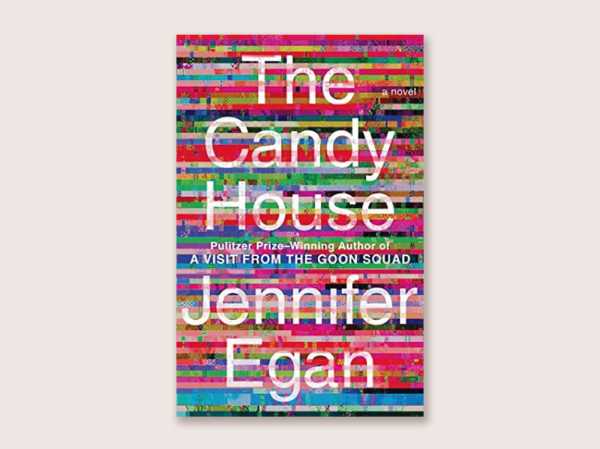
Today’s sequels don’t always clear the hurdles of “why?” and “why now?” Consider “Less is Lost,” a road-trip book that reprises the original’s good-natured absurdity and self-mocking charm. Greer plays all his hits, alternating between tender emotion, slapstick, and arias of natural description—“the intricate tooled leatherwork of the mountainside”—but the novel exhales an inevitable staleness, the close, dry scent of the pawnshop. It immerses itself in the American landscape, but politely looks away from politics or current events. And, although new aspects of the main characters are explored—we meet Less’s father—the men themselves do not meaningfully evolve. As I read the sequel, my appreciation for its quality mingled with mourning for what else Greer might have made. “Less is Lost” even seemed, at times, to retroactively cheapen its predecessor. In her review, Alexandra Schwartz raised an eyebrow at the narrator’s announcement that “this is the story of a crisis in our lives.” “Another one,” she asked, “so soon?” If the original has done its job, what else is there to say?
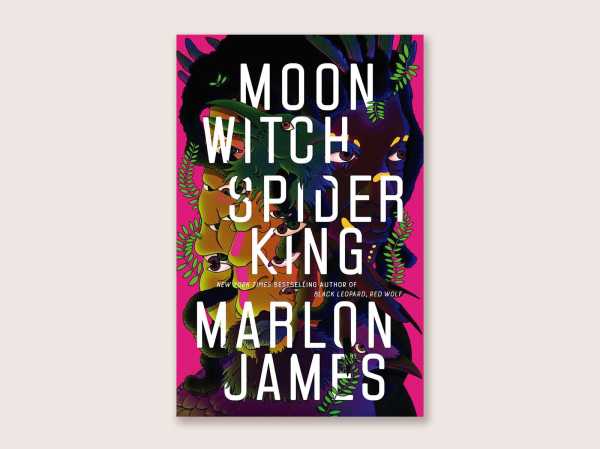
But there are other reasons for going back to the well. Amid the chaotic present, the past offers escape, a sense of coherence. And the yearning to dwell a little longer in delight is deeply human: people read TV recaps because it’s fun to linger in art that you’ve enjoyed. The pleasure sequels provide is the pleasure of endlessness. Not coincidentally, one question animating “The Candy House” is whether experience should be boundless or limited in space and time. The novel revolves around Bix Bouton, a Steve Jobs-like visionary who invents a device that allows users to upload their consciousness to the cloud, creating a searchable mass mind. A P.R. campaign touts the technology’s miracles: “tens of thousands of crimes solved; child pornography all but eradicated; Alzheimer’s and dementia sharply reduced by reinfusions of saved healthy consciousness; dying languages preserved and revived; a legion of missing persons found; and a global rise in empathy that accompanied a drastic decline in purist orthodoxies.” Egan’s universe also contains hints of dystopia—“eluders” enlist “proxies” to help them go off-grid; “counters” at Bouton’s company, Mandala, reduce customers to constellations of data points.
When the past is returned to us intact, Egan asks, what, if anything, do we lose? One answer is memory, a function that retrieves but also plays, imagines. Bix Bouton’s son Gregory, a depressed M.F.A. student, sees his father’s device as an “existential threat to fiction.” He seems to mean that anyone who can access the most significant moments in her life with a set of electrodes doesn’t actively construct her own mental imagery. She becomes the audience, technology the artist. Gregory’s perspective vies with more utopian dreams, but Egan does grant his character the book’s penultimate scene. He is lying on the ground in the middle of a blizzard. As the flakes sweep down, he exults that he is “feeling the collective without any machinery at all.” Buried in snow, he can imagine others in ways he previously could not; he even vows to finish his novel. Perhaps creativity requires a bit of oblivion. But behind the blankness lies another technologically enabled flashback: Gregory’s epiphany, he realizes, is just like the vision of white space that preceded his father’s invention of the experiential storehouse. Egan seems to assert that memory and epiphany are linked, and that the point of returning to the past isn’t to have again. It’s to design anew.
Here, as elsewhere, “The Candy House” weaves freshness through its familiarity. Egan remains interested in authenticity, but, in “Candy House,” she uses computer code, not rock music, to study it. Likewise, the main characters in “Goon Squad” cede the spotlight to a group of alluring newcomers and former bit players. It helps that the book’s swirl of styles, voices, and formats, while repurposed from “Goon Squad,” is a novelty-generating engine. (A prestige sequel that strikes a similar balance might be “The Committed,” from 2021, by Viet Thanh Nguyen, which arrived five years after “The Sympathizer” won the Pulitzer Prize for fiction and one year before it would have been eligible for this essay.)
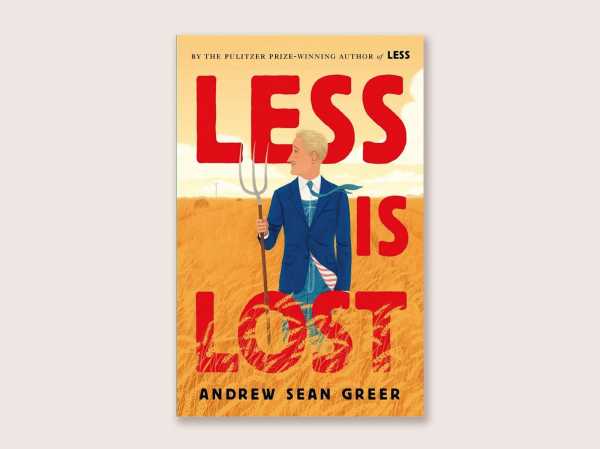
“The Candy House” demonstrates how returning to the past can enrich and reshape the present. Other sequels feel more like wilted love letters to old I.P. “Heat 2,” a joint effort from director Michael Mann and the suspense novelist Meg Gardiner, revives characters made famous in Mann’s 1995 film: the thief Neil McCauley, played by Robert De Niro, and the detective Vincent Hanna, played by Al Pacino. In the movie, a cat-and-mouse game between the two leads culminates in Hanna killing McCauley. Twenty-seven years later, Mann is still romanticizing the dead. We learn that McCauley grew up watching his father beat his mother; he and his brother were separated in foster care. He spent his early life cycling through juvenile facilities and prison, fatefully discovering Camus while serving time in Folsom. (“We’re all footprints on a beach,” he murmurs sexily to his lover. “The tide comes through and you were never there.”) Hanna, meanwhile, is given his own aching backstory—Vietnam, dead first wife—and an abiding fixation on McCauley, despite having finally defeated him. His mania reads as meta-commentary on Mann’s own obsessive reversion to a thrilling and glamorous past.
Other sequels, by contrast, approach their originals with red pen in hand, seeking not to continue but to correct what came before. “Tracy Flick Can’t Win,” by Tom Perrotta, which I wrote about for this magazine, pole-vaults onto the right side of history, sweating visibly. Perrotta’s opening sentences name-check the #MeToo movement; a page later, Tracy Flick, now an assistant principal, reconsiders the teacher who slept with her when she was in high school. She doesn’t feel comfortable blaming him, she confesses, and yet her trusty narrative—Mr. Dexter looked past her fifteen-year-old exterior to discover her mature spirit—is “starting to feel a little shaky.” Maybe “that was how it worked,” Tracy muses.“You got tricked into feeling more exceptional than you actually were.”
When Perrotta first wrote about Tracy, in 1998, she was a “ridiculous, slightly scandalous personage.” Her teacher M. resented her for what he saw as a seduction of his colleague; he waxed on about her icy sophistication, her sexual recklessness. (She was also guilty of starring in M.’s fantasies.) Revisiting the old novel recently, I wasn’t always sure when Perrotta had knowingly laid a trap for his readers and when he’d got swept up in the sexism of his moment. Occasionally, the fear, disgust, and longing enveloping Tracy seemed to transcend any one narrator, soaking into the grain of the text itself.
This queasy ambiguity has departed “Tracy Flick Can’t Win.” Tracy 2.0 is sensitive and thoughtful, a far cry from the abrasive teen who appeared in the first book, and whom Reese Witherspoon immortalized in its film adaptation in 1999. As the novel unfolds, Perrotta pulls back his camera to reveal the poignant shape of her adult life. She is the single parent to a preteen daughter. During law school, she gave up her political dreams to care for her mother, who has since died of multiple sclerosis. At one point (spoiler), Tracy crawls through gunfire to help a victim of a school shooting. There can be a doth-protest-too-much quality to all this pathos: Perrotta seems determined to reveal that he has always been on Tracy’s side. But the grown-up wunderkind fits beautifully into a suburban world of disappointed strivers. Tracy becomes a vector for Perrotta’s characteristic, wryly elegiac grace. “You failed,” she tells herself, heroic in her everyday sacrifice. “You did the best you could.”
For Perrotta, such melancholy acceptance is an inevitable part of aging. Is it an inevitable part of sequels, too? Stories, like people, get worked over by time. Some, like Tracy Flick’s, grow sadder and wiser. Some double down on their youthful passions. Some give up their souls and still others reinvent themselves, hoping to jettison the past. When you look for sequels, you start to see them everywhere—after a pandemic that hasn’t actually ended, or a Presidency that refuses to be over. Maybe these second helpings are symptoms of our traumatized age, a form of repetition compulsion. But maybe they just mean that the culture is active, and alive. ♦
Sourse: newyorker.com
